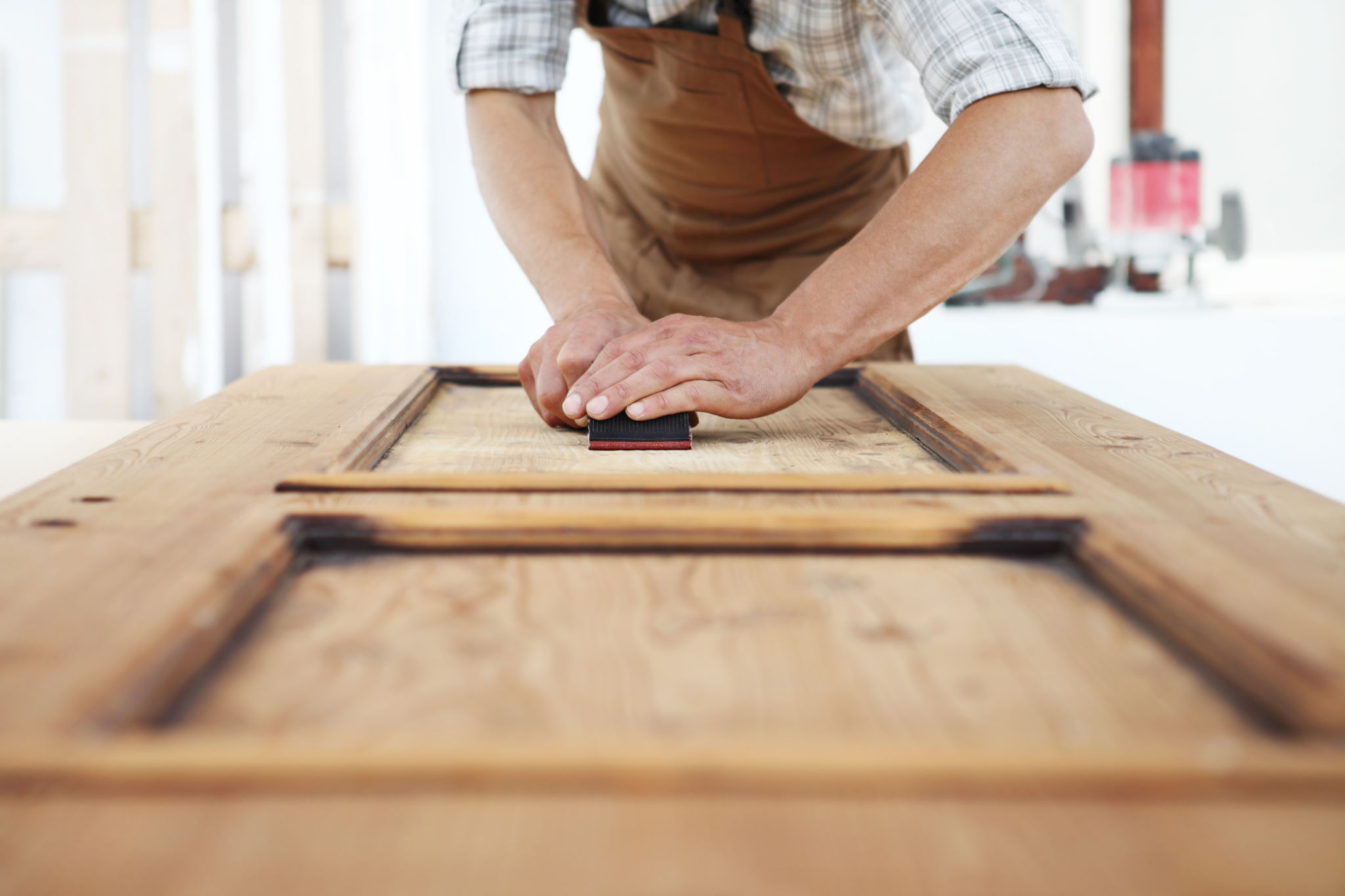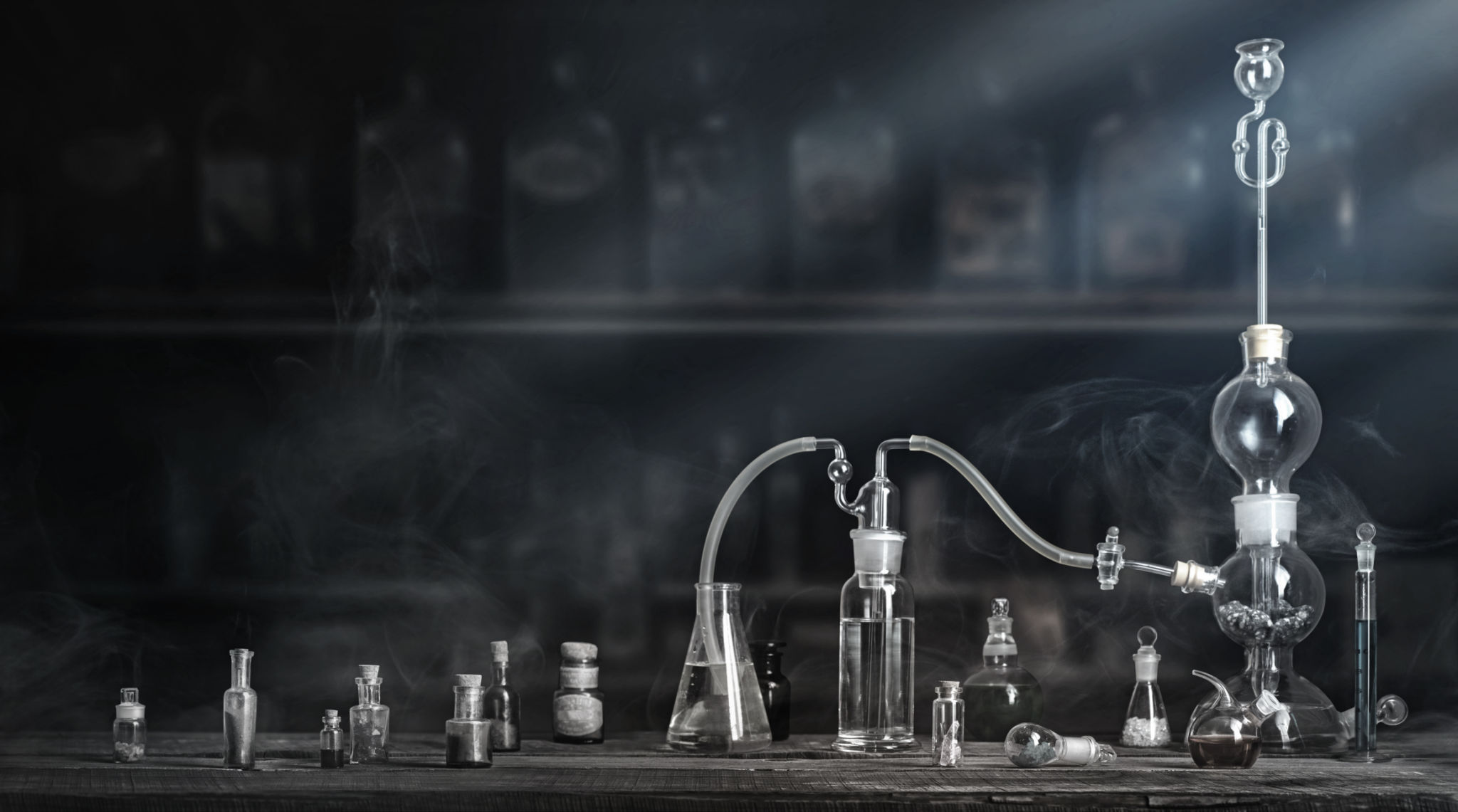Professional Furniture Restoration in Georgia: Tips for Reviving Your Antique Pieces
Understanding the Value of Antique Furniture
Antique furniture holds a unique charm and historical value that modern pieces often lack. In Georgia, where history runs deep, many households treasure these vintage pieces passed down through generations. Restoring these pieces not only revives their beauty but also preserves their stories for future generations.

Evaluating the Condition of Your Furniture
The first step in restoring antique furniture is to evaluate its current condition. Look for signs of wear, such as scratches, chipped paint, or loose joints. Understanding the extent of the damage will help you decide whether professional restoration is necessary or if a DIY approach will suffice.
While minor surface scratches and blemishes can often be handled at home, structural damage or intricate detailing may require the expertise of a professional restorer. It's crucial to assess whether the piece holds significant monetary or sentimental value before deciding on the restoration approach.
Choosing the Right Restoration Techniques
Restoration techniques can vary widely depending on the material and condition of the furniture. Here are some common methods:
- Cleaning and Polishing: Often, a thorough cleaning and polishing can bring an antique piece back to life. Use gentle cleaners and polishes designed for antique furniture to avoid damage.
- Refinishing: This involves removing the old finish and applying a new one. It can drastically improve the appearance but should be done carefully to preserve the original character.
- Repairing Structural Damage: For pieces with loose joints or broken parts, professional repair is recommended to ensure stability and longevity.

Finding Professional Restoration Services in Georgia
If you decide that professional restoration is the best option, Georgia offers a variety of skilled artisans who specialize in antique furniture. These professionals have the experience and tools necessary to handle delicate pieces with care. When selecting a restorer, consider their expertise, reputation, and previous work.
It's beneficial to request a consultation where the restorer can provide an assessment and estimate for the work needed. This ensures transparency about what to expect in terms of cost and time commitment.
Caring for Restored Furniture
Once your antique furniture has been restored, proper care is essential to maintain its beauty and integrity. Here are some tips:
- Avoid direct sunlight to prevent fading and warping.
- Keep it away from heat sources like radiators or fireplaces.
- Dust regularly with a soft cloth to prevent buildup.
- Use coasters and placemats to protect surfaces from spills and scratches.

The Benefits of Restoration
Restoring antique furniture not only enhances its aesthetic appeal but also increases its value. For many, the process is more than just an investment in furniture—it's about preserving family history and honoring craftsmanship from a bygone era. In Georgia, where tradition is highly valued, restoring these pieces contributes to keeping cultural heritage alive.
In conclusion, whether you choose to embark on a DIY project or hire professionals, restoring your antique furniture can be a rewarding endeavor. By following these tips and understanding the process, you can ensure that your treasured pieces remain part of your home for many years to come.
